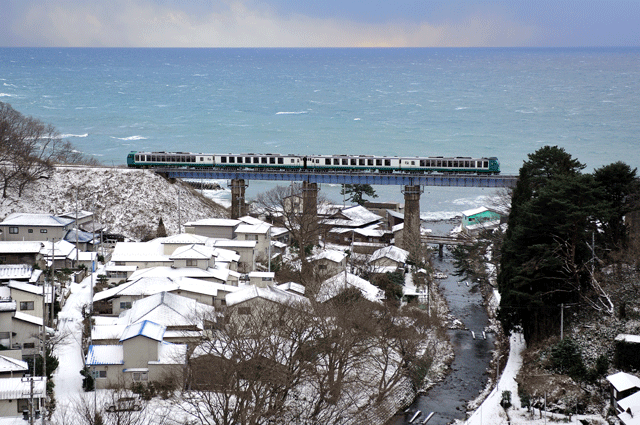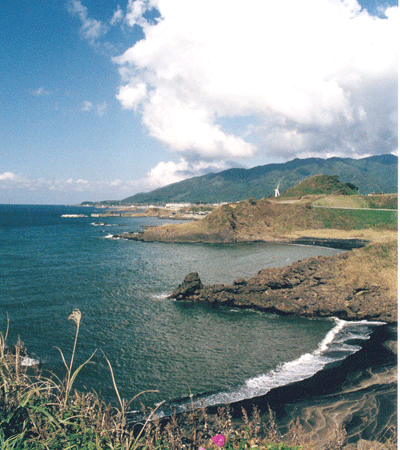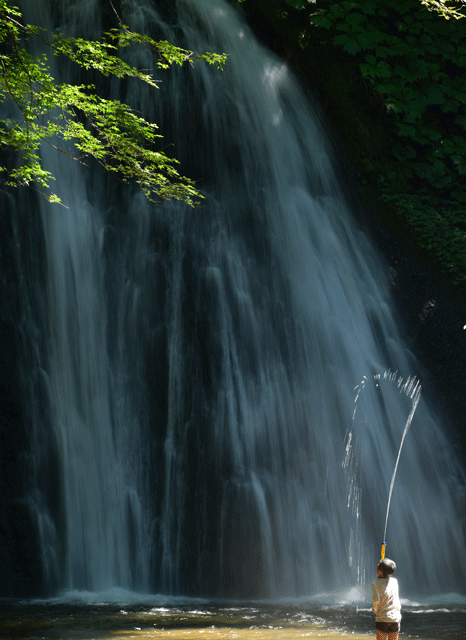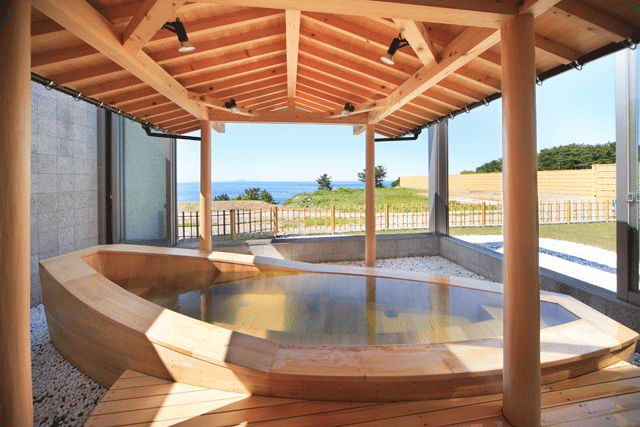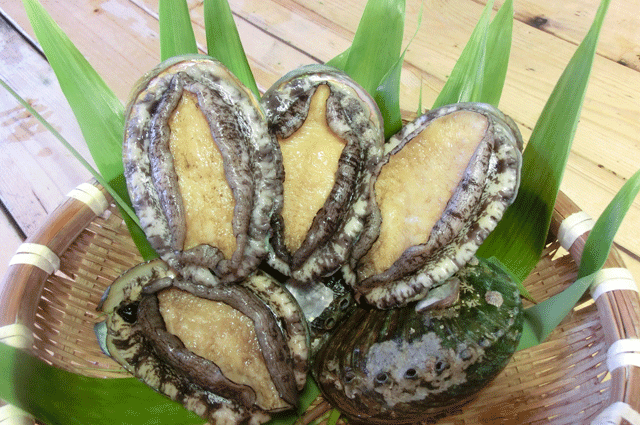Happo offers seaside views and easy access to pristine primeval forests.
Located in the Yamamoto District of Akita Prefecture, Happo is a tranquil and picturesque fishing village with very warm atmosphere, tasty local dishes, and some impressive views of the surrounding area.
If you are looking to escape the hustle and bustle of the city and be at one with nature then this is the place for you. With the cerulean Sea of Japan on one side and the magnificent Shirakami Sanchi area with its unspoiled expanse of virgin forest on the other, it truly is an idyllic setting that will help you forget about the stresses and strains of everyday life.
Shirakami Sanchi
The main appeal of Happo is undoubtedly its proximity to Shirakami Sanchi, a vast mountain range (approx. 169.7 sq km) that straddles both Akita and Aomori Prefectures. Boasting primeval buna (Japanese beech) trees, crystal clear rivers, roaring waterfalls, deep valleys, unique plants and rare animals, it is an enchanting setting for hikers, tourists, photographers and nature lovers alike.
The continental glaciation that wiped out most of the world’s beech forests two million years ago didn’t occur in the northern region of Japan, leaving Shirakami Sanchi as one of the last natural beech forests in East Asia. The deciduous buna trees—which are resistant to extreme weather conditions—are best viewed in late spring, early summer and throughout autumn. The changing color of the leaves (koyo) in autumn is a particularly beautiful sight.
One of the most attractive things about the area is that it has been kept sheltered from human influence and maintains its original shape and charm. Much of the terrain is rugged and a little difficult to manage; yet this simply adds to its allure. It can be rare to find such a place in Japan. In 1993 a section of the forest was granted UNESCO World Heritage status (entering the core zone requires a special permit which can be obtained by mail or in person) and it remains one of only four natural heritage sites in this country along with Yakushima in Kagoshima; Shiretoko in Hokkaido; and the Ogasawara Islands in Tokyo.
For those who don’t want to go to the trouble of getting a permit there are still plenty of places worth visiting outside the core zone. One definite must-see spot is the Anmon Falls. It is actually the collective name for three waterfalls along the Meya Valley that starts with a 26-meter drop, followed by a 37-meter one, then finally a breathtaking 42-meter drop at the apex. The trek along the valley, which includes a number of other spectacular sites on the way, can be done in around two hours. The trail is not accessible in winter. Trekking shoes are recommended.
Whichever trail you take in Shirakami Sanchi, you’re sure to find something that will pique your interest. There are scenic treasures all over the place, including the impressive Dairakyo Gorge and the picturesque Shirakami-dake. A real favorite amongst tourists is “Juniko” (12 Lakes): a great place to camp, hire a boat or enjoy an afternoon of fishing. Despite the name there are actually 33 lakes, the most beautiful of which is the mesmerizing Ao Ike (Blue Pond) with its sapphire-blue water. Near the entrance of Juniko is the colorful “Nihon Canyon,” another popular destination that is also known as the Japanese miniature Grand Canyon.
For serious mountaineers there are a number of options, including the peak of Futatsumori, which offers a stunning vantage point that allows you to look out over an unobstructed swath of the ancient forest. On the way up, be sure to keep an eye out for some of the wildlife: Shirakami Sanchi is an area where many animals roam, and plenty of very rare birds can be found perching among the trees.
Beyond the Beech Forest
After a tough day of hiking or mountain climbing in Shirakami Sanchi, you may want to relax and unwind by taking a stroll around Happo. Quiet and slow-paced, it is a very pleasant village with a laid-back atmosphere and a refreshing sea breeze. If you are planning to rent a car we recommend heading towards Kanoura early in the evening. It is a wonderful spot to watch the sun setting over the ocean.
There is no golden sand, but there are some nice beaches nearby. Takinoma is probably the pick of the bunch, especially for tourists wanting to engage in some water sports, such as snorkeling or swimming. Those looking for something more therapeutic should try Hata Hata Kan, a luxurious hotel that boasts a soothing, colorless hot spring bath with terrific views of the Sea of Japan. If that isn’t enough, there are also some fine dining options at the resort. Happo favorites include marinated flatfish served over rice and abalone, served cooked or as sashimi.
Nihon Shirakami Suisan, backed by the local government, has been cultivating abalone in the area since 2011, and they can be enjoyed in any season. There are several restaurants in town serving this delicacy in a variety of styles.
The Gono Line
Stretching along the Sea of Japan from Higashi-Noshiro Station in Akita Prefecture to Kawabe Station in Aomori Prefecture, the Gono local train often makes you feel as though you were traveling over the surface of the water. Those facing the windows on the opposite side of the ocean have the stunning view of Shirakami Sanchi for much of the journey. The train stops near Juniko and other popular sites. Get off at Shirakami Station and stay in at the Hata Hata Kan onsen ryokan. You can also stop by the Akita Shirakami Center, where you can enjoy the views and try your hand at cooking Akita cuisine.
Running along the Gono Line three times a day is the Resort Shirakami. The ideal train for sightseers, it features extra-large windows, an observation lounge and reclining seats. It slows down when it goes past notable scenic spots. There is even some entertainment on the train itself with shamisen performances daily; on weekends storytellers recite folk tales in the local dialect. A reservation is required for this train.
Sponsored Post
Updated On December 26, 2022

